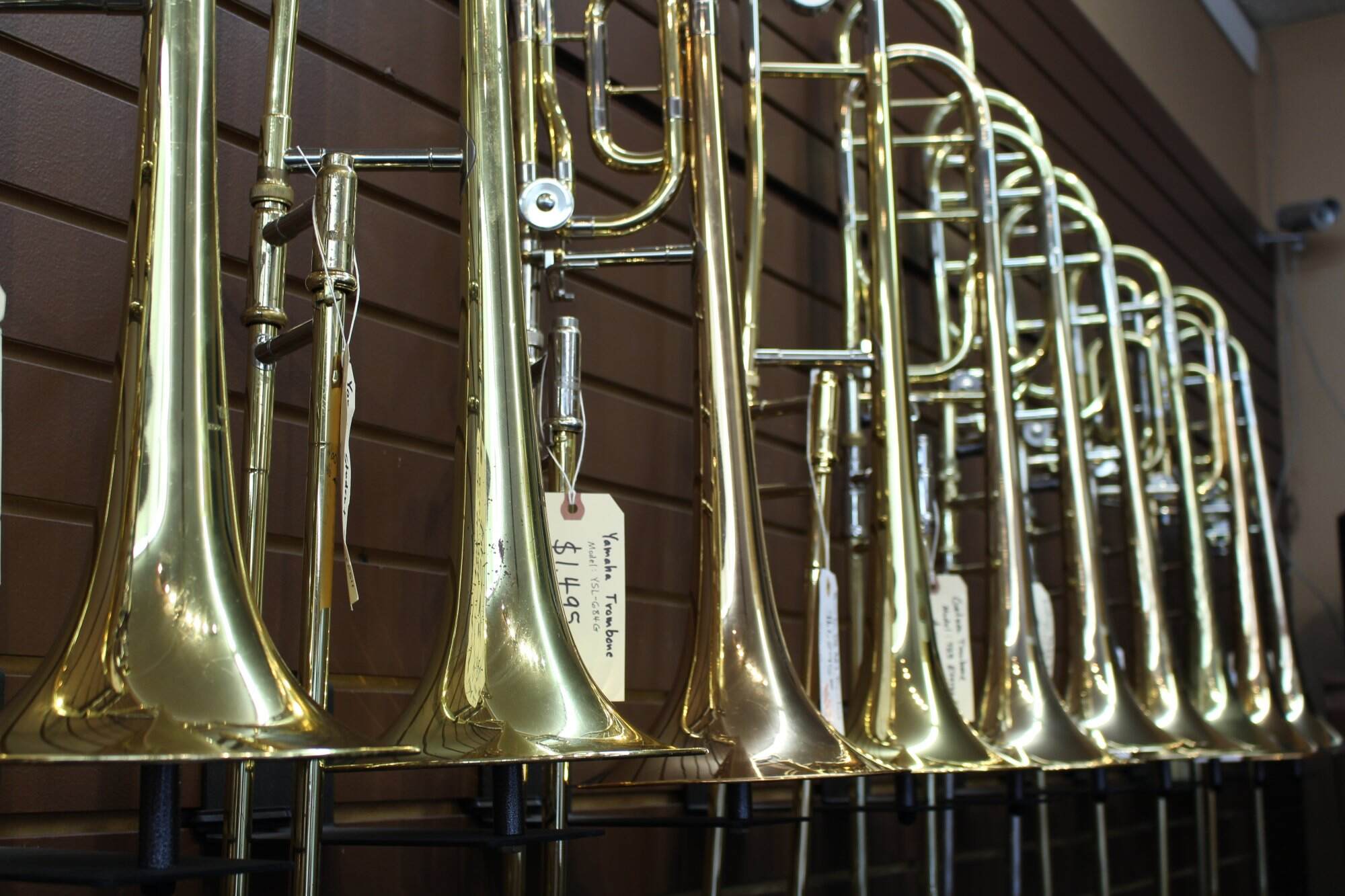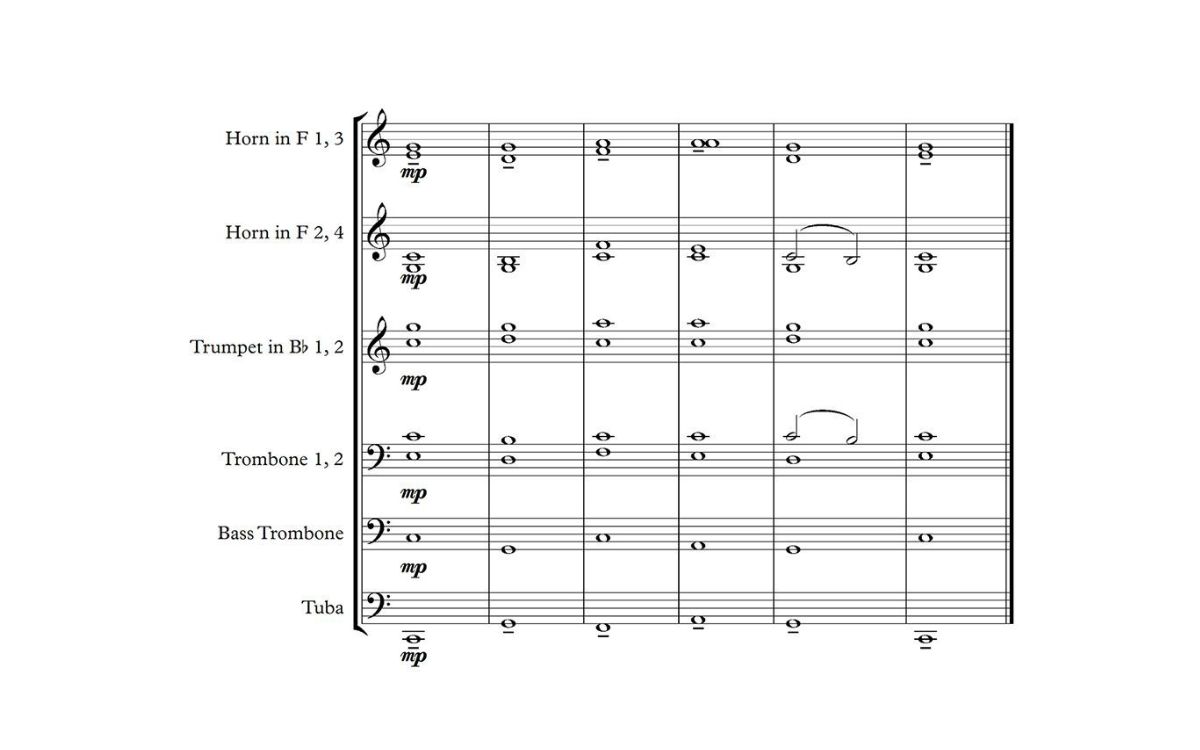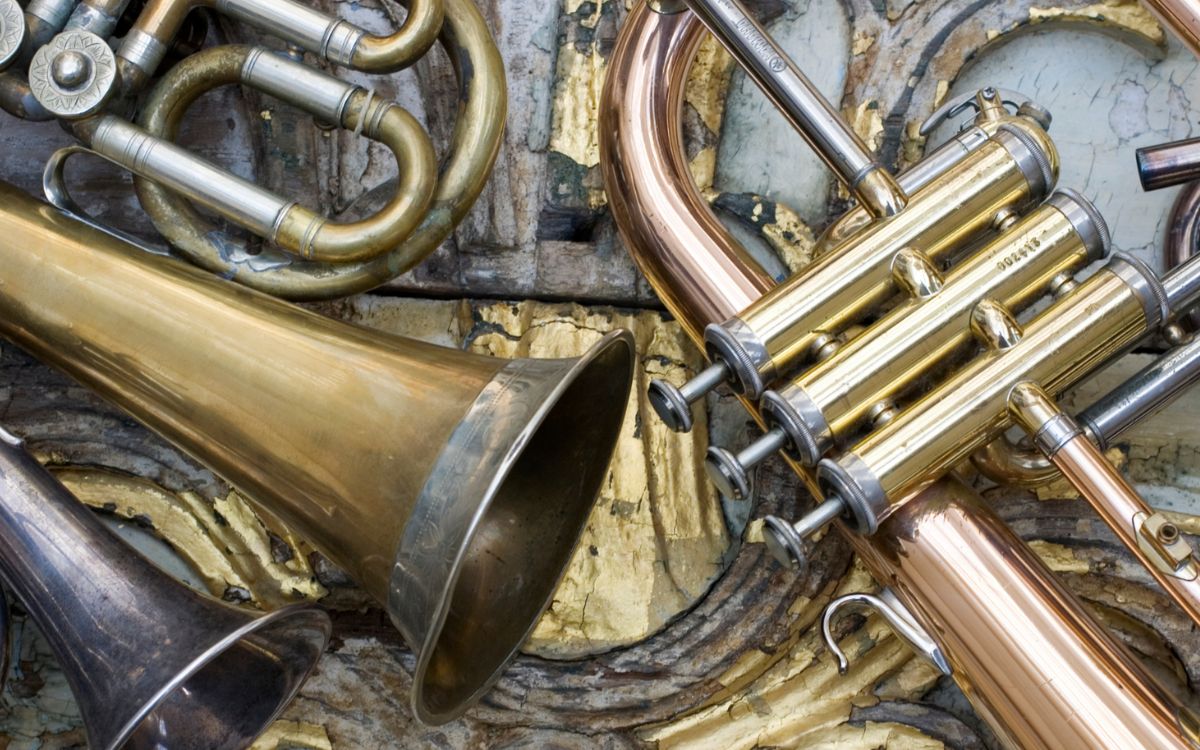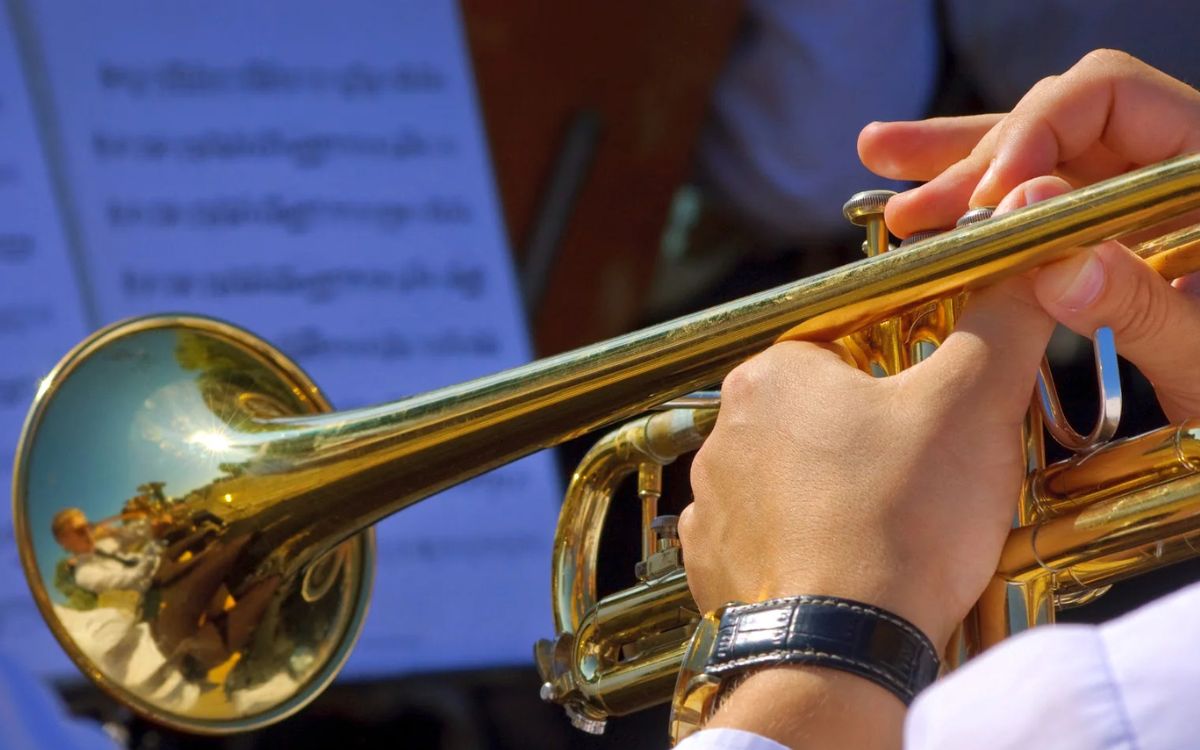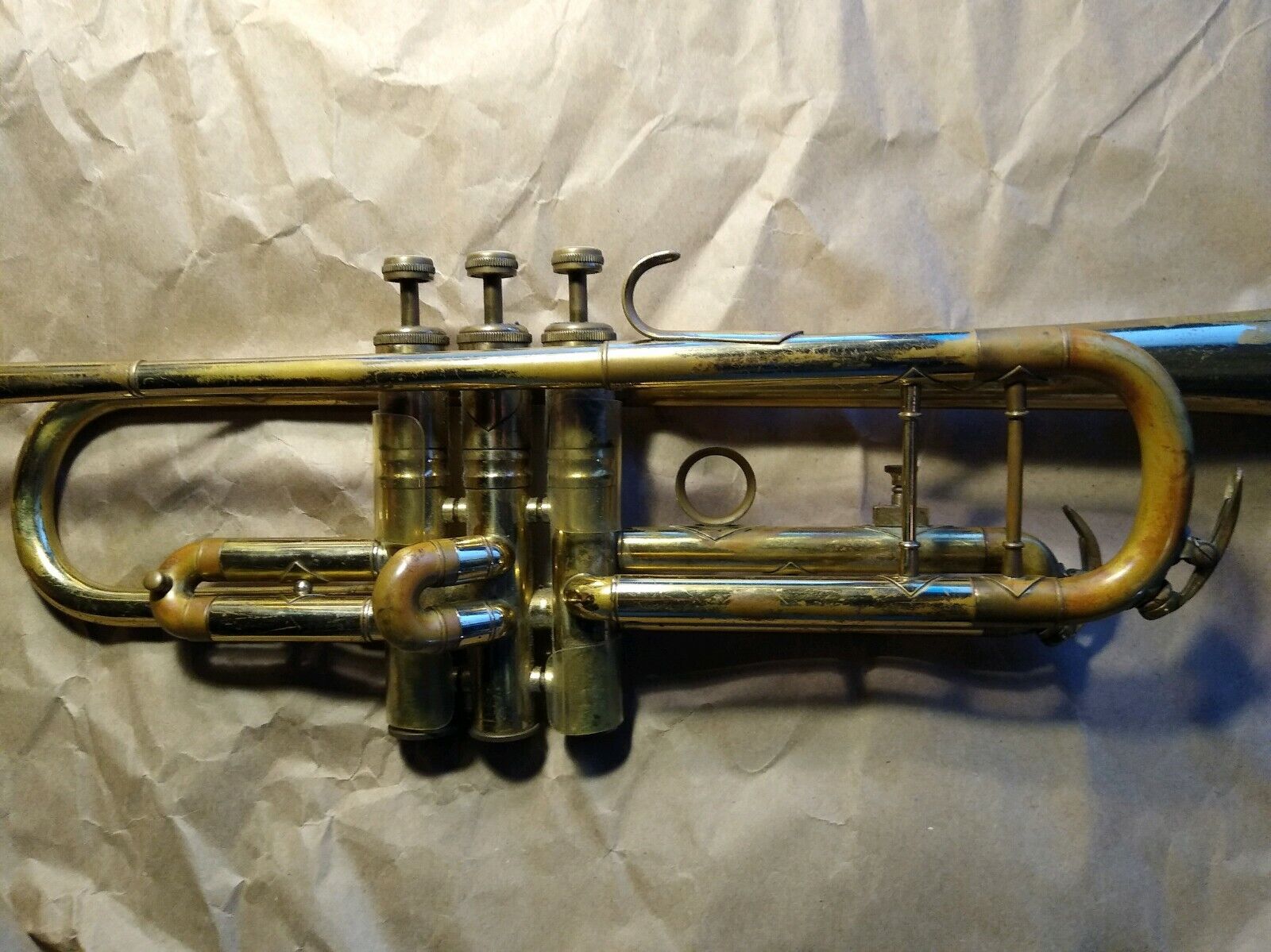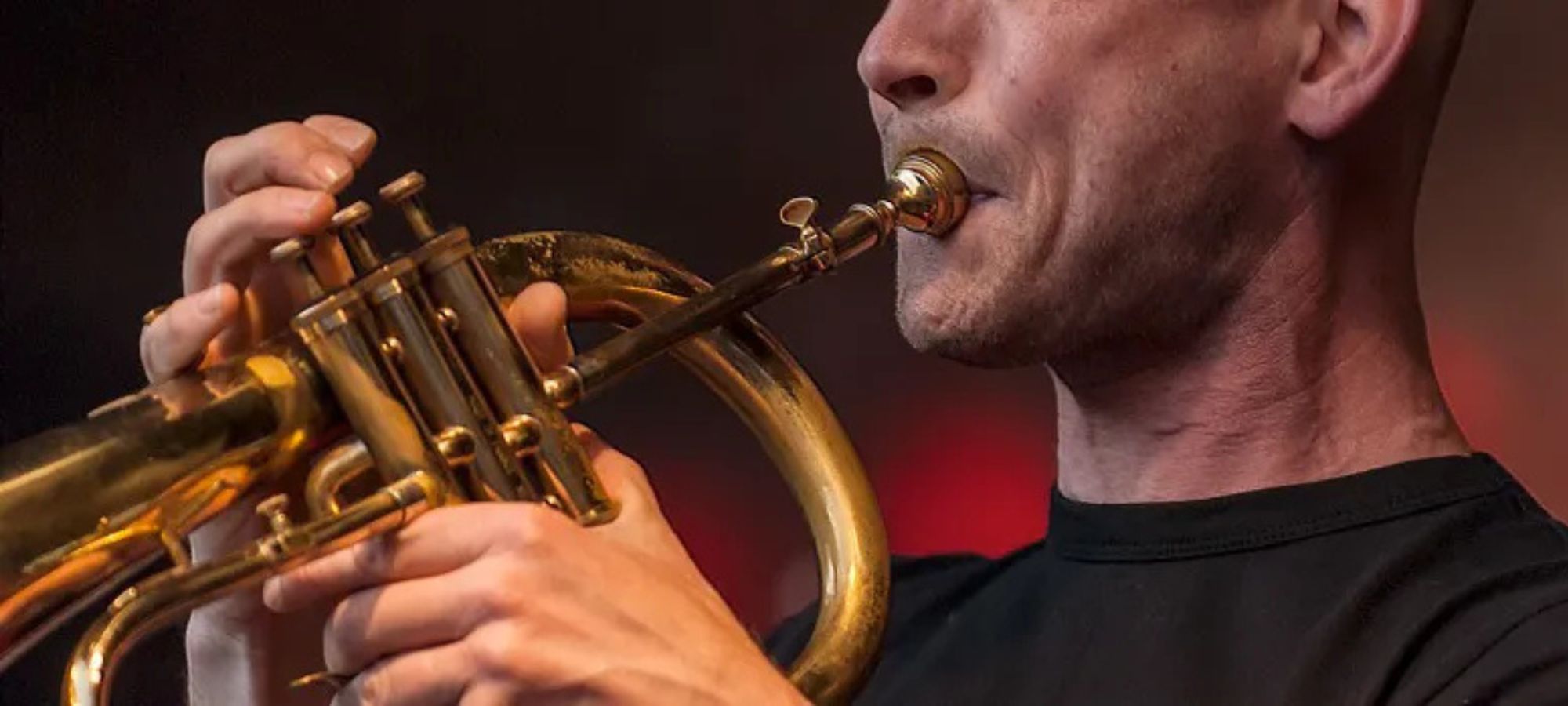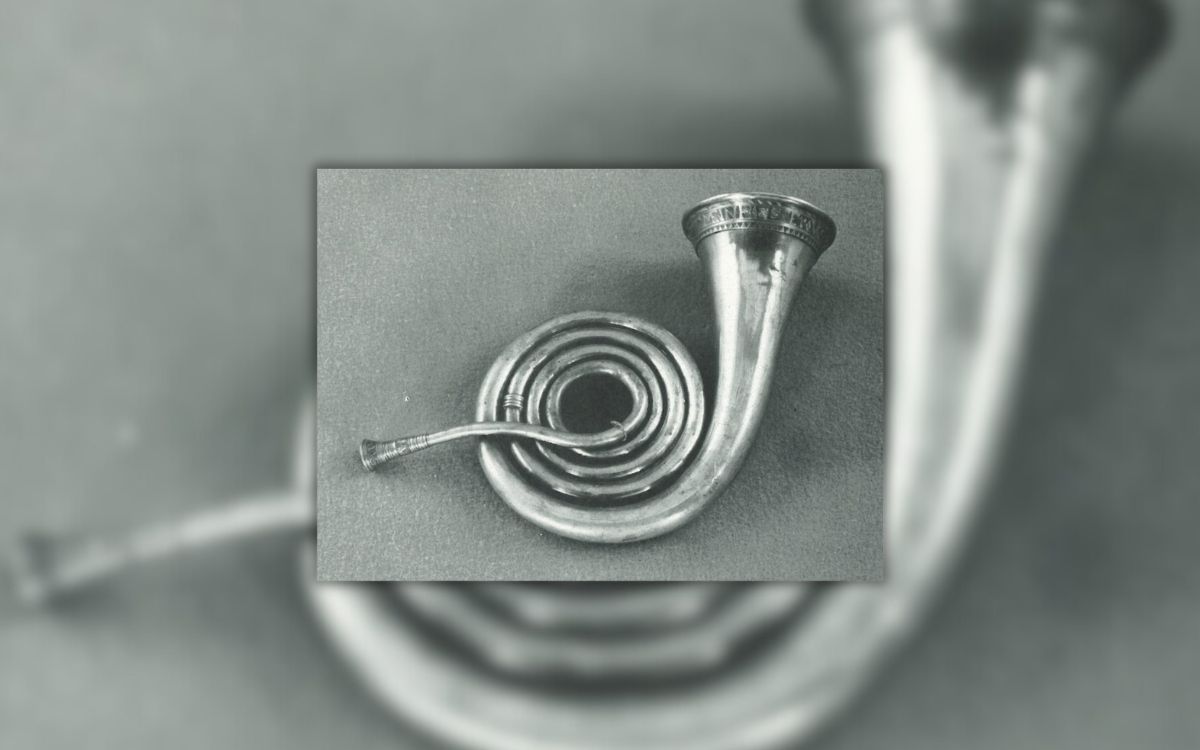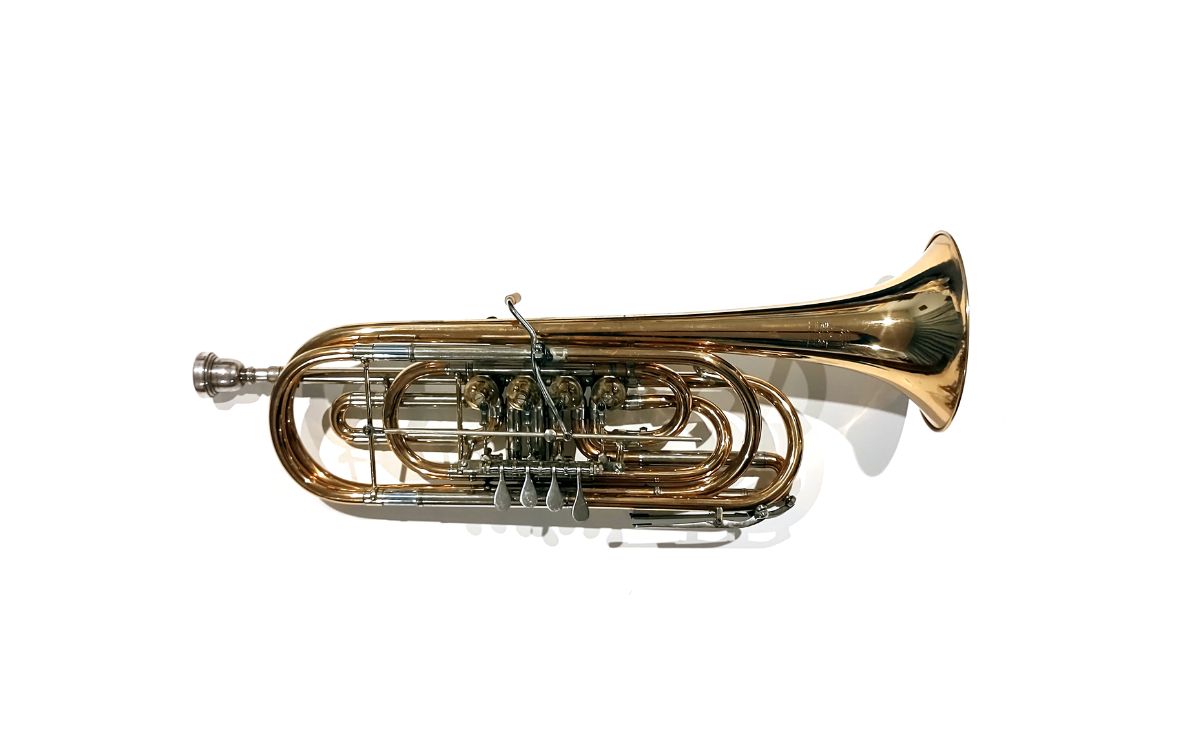Home>Instruments>Brass Instruments>What Are Low Brass Instruments?
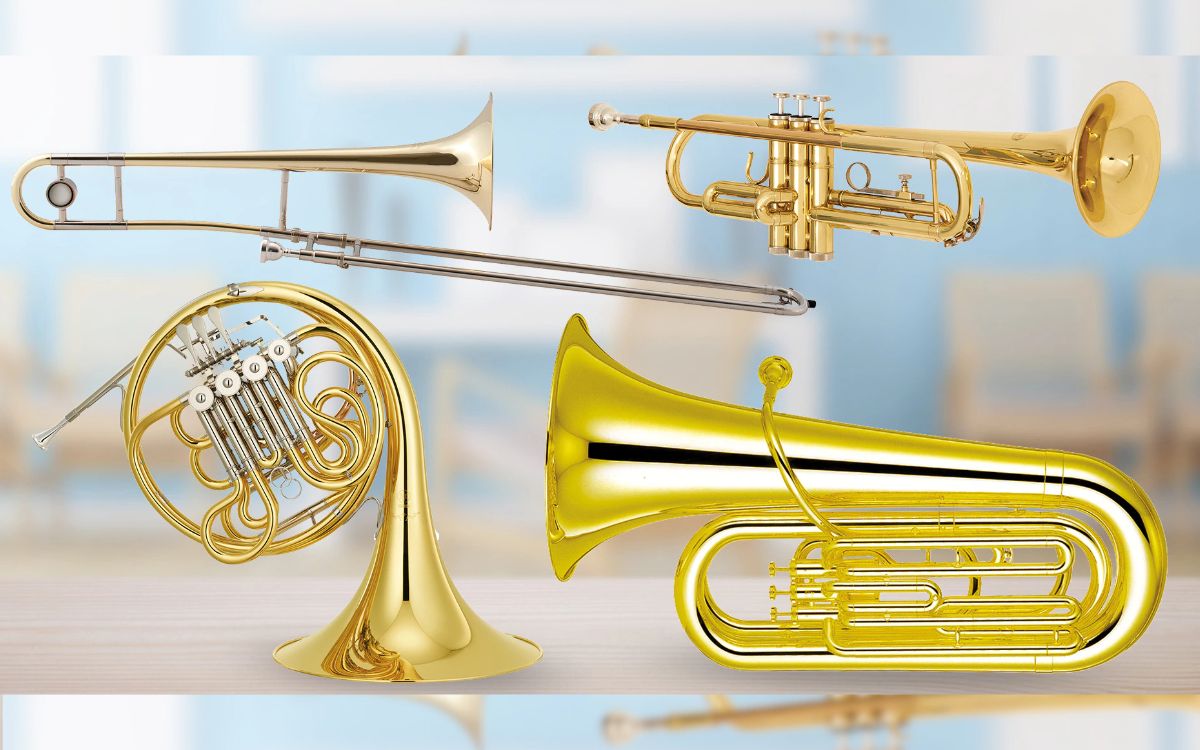

Brass Instruments
What Are Low Brass Instruments?
Published: January 15, 2024
Discover the world of brass instruments, including low brass instruments such as tuba and euphonium. Explore their unique sounds and learn about their role in orchestras and bands.
(Many of the links in this article redirect to a specific reviewed product. Your purchase of these products through affiliate links helps to generate commission for AudioLover.com, at no extra cost. Learn more)
Table of Contents
Introduction
When it comes to the world of music, brass instruments play a significant role in creating mesmerizing melodies and powerful harmonies. Among the various categories of brass instruments, there is a special group known as low brass instruments. These instruments, with their deep and rich tones, add depth and a strong foundation to any musical ensemble.
Low brass instruments are characterized by their large size, which allows them to produce low pitches and resonate with a distinctive timbre. They are vital components of a brass section, often found in orchestras, marching bands, jazz ensembles, and even in popular music genres. These instruments create a robust sound that can be felt in your chest and provide a solid bassline to complement the higher-pitched instruments.
In this article, we will explore the different types of low brass instruments, their unique characteristics, their historical significance, and the contributions made by famous low brass players. We will also discuss the importance of low brass instruments in music and how they add depth, richness, and power to musical compositions.
So, if you’re ready to dive into the world of low brass instruments, let’s get started!
Types of Low Brass Instruments
Low brass instruments are classified into three main types, each with its own distinct characteristics and playing technique:
- Tuba: The tuba is the largest and lowest-pitched instrument in the brass family. It has a wide, flared bell and a conical bore, which allows for a deep and resonant sound. The tuba is typically played in orchestras, concert bands, and brass ensembles. It provides a solid foundation and bassline in various musical genres.
- Euphonium: The euphonium is a medium-sized instrument that falls between the tuba and the trombone in terms of pitch and size. It has a conical bore and a bell that faces forward, unlike the tuba’s upward-facing bell. The euphonium produces a warm and mellow sound and is commonly featured in concert bands, brass bands, and solo performances.
- Baritone Horn: The baritone horn, also known as the baritone, is similar in shape and size to the euphonium but has a narrower bore and a smaller bell. It is often used in marching bands, brass bands, and jazz ensembles. The baritone horn has a bright and focused sound that cuts through the ensemble, making it a versatile instrument.
Each type of low brass instrument has its own range, timbre, and playing technique, but they all share the ability to produce deep and resonant tones that add richness and power to any musical composition.
Characteristics of Low Brass Instruments
Low brass instruments have several distinct characteristics that set them apart from other types of brass instruments. These characteristics contribute to their unique sound and versatility in various musical genres. Here are some key features of low brass instruments:
- Large Size: Low brass instruments are known for their large size and are often the biggest instruments in the brass family. This size allows them to produce low frequencies and create a rich and resonant sound.
- Conical Bore: Unlike other brass instruments with cylindrical bores, low brass instruments typically have a conical bore. This shape contributes to the instrument’s ability to produce a warm and mellow tone.
- Wide Bell: Low brass instruments have wide, flared bells that help project and amplify the sound. The shape of the bell also contributes to the instrument’s timbre and resonance.
- Valves: Most low brass instruments, such as the tuba and baritone horn, feature piston valves or rotary valves. These valves allow players to change the pitch and produce different notes, expanding the instrument’s range and flexibility.
- Cupped Mouthpiece: Low brass instruments typically use a cupped mouthpiece, which is larger in size compared to the mouthpieces of other brass instruments. The mouthpiece size affects the instrument’s tone quality and the player’s ability to produce low notes with ease.
These characteristics, combined with the skill and technique of the player, create the signature sound of low brass instruments. Whether it’s the deep and rumbling notes of the tuba or the warm and lyrical tones of the euphonium, low brass instruments possess a unique charm that adds depth and richness to any musical ensemble.
History of Low Brass Instruments
The history of low brass instruments dates back centuries, and their evolution can be traced through various civilizations and musical traditions. The origins of low brass instruments can be found in ancient civilizations such as Egypt, Greece, and Rome, where instruments like the tuba and the sackbut (a precursor to the trombone) were used.
During the Renaissance period in Europe, low brass instruments gained prominence in military bands and courtly ensembles. The development of the slide mechanism in the 15th century led to significant advancements in brass instruments, including the trombone. The trombone’s ability to produce a wide range of pitches and its versatility made it a popular choice in both sacred and secular music.
In the 19th century, the modern tuba as we know it today was developed. The tuba’s distinctive sound and its ability to produce low, powerful tones made it a staple in orchestras and brass bands. The euphonium, a smaller version of the tuba, was also developed during this time and gained popularity for its melodic capabilities.
With the rise of brass bands and the growth of marching band culture in the late 19th and early 20th centuries, low brass instruments became an integral part of these musical ensembles. The tuba and baritone horn found their place in the brass section, providing a solid bassline and adding depth to the overall sound.
Today, low brass instruments continue to evolve with advancements in technology and craftsmanship. Modern instruments feature improved designs and materials, allowing for greater precision in intonation and sound projection. The influence of low brass instruments can be heard in various music genres, from classical and jazz to contemporary pop and rock.
Overall, the history of low brass instruments showcases their enduring presence and their continued importance in the world of music. From their humble beginnings to their prominent role in orchestras and bands, these instruments have left an indelible mark on the musical landscape.
Famous Low Brass Players
Throughout history, there have been several renowned musicians who have made significant contributions to the world of low brass instruments. These individuals have showcased the versatility and expressive capabilities of these instruments, leaving a lasting impact on musical performances. Here are a few famous low brass players:
- Arnold Jacobs: Considered one of the most influential tuba players of the 20th century, Arnold Jacobs was a member of the Chicago Symphony Orchestra for over 44 years. His mastery of tone production and musicality revolutionized tuba playing and influenced generations of brass musicians.
- Abe Torchinsky: Known for his exceptional virtuosity on the tuba, Abe Torchinsky was a prominent figure in the world of brass music. He performed with renowned ensembles such as the Philadelphia Orchestra and the New York Philharmonic and established a high standard for tuba playing.
- Patrick Sheridan: A celebrated euphonium player, Patrick Sheridan is known for his remarkable technique and expressive performances. He has performed with major orchestras around the world and has been an advocate for the advancement of low brass instruments through his teaching and workshops.
- Joseph Alessi: Renowned for his expertise on the trombone, Joseph Alessi is the principal trombonist of the New York Philharmonic. His exceptional technique and musicianship have made him a highly sought-after performer and a leading figure in the world of trombone playing.
- Carol Jantsch: As the principal tuba player of the Philadelphia Orchestra, Carol Jantsch has made a significant impact on the world of low brass. Her virtuosity and musicality have helped elevate the tuba’s role in orchestral music, inspiring aspiring tuba players around the globe.
These are just a few examples of the many talented low brass players who have left their mark on the music world. Their dedication to their craft and their ability to showcase the expressive capabilities of low brass instruments have elevated the status of these instruments and continue to inspire aspiring musicians.
Importance of Low Brass Instruments in Music
Low brass instruments play a significant role in enhancing the depth and richness of musical compositions. Here are some key reasons why these instruments are important in music:
- Foundation and Stability: Low brass instruments, such as the tuba and baritone horn, provide a solid foundation for the rest of the musical ensemble. Their deep, resonant tones create a stable and grounding presence that supports the harmonies and melodies of the other instruments.
- Harmonic Balance: Low brass instruments complement the higher-pitched instruments by providing a contrasting timbre and adding depth to the overall sound. They contribute to the harmonic balance of a musical arrangement, filling out the lower register and creating a more full-bodied and well-rounded sound.
- Musical Texture: Low brass instruments add a unique texture to musical compositions. Their rich and warm tones create a sense of depth and richness that can evoke different emotions and enhance the overall musical experience.
- Expressive Capabilities: Low brass instruments offer a wide range of expressive capabilities. From deep and powerful notes to soft and lyrical phrases, these instruments have the ability to convey a diverse range of musical emotions and moods.
- Versatility in Genres: Low brass instruments are versatile and can be found in various music genres. From classical to jazz, from orchestral to popular music, these instruments find their place and contribute to the overall sound and impact of the music.
Overall, low brass instruments are essential in creating a balanced, dynamic, and captivating musical experience. They provide the foundation, depth, and emotional depth that enhance the overall sound and impact of a musical ensemble.
Conclusion
Low brass instruments hold a prominent place in the world of music. From the majestic sound of the tuba to the lyrical melodies of the euphonium and the expressive capabilities of the trombone, these instruments bring depth, richness, and power to any musical composition. Throughout history, famous low brass players have showcased the versatility and expressive potential of these instruments, leaving a lasting impact on the art of music.
Whether it’s in an orchestra, a marching band, a jazz ensemble, or a solo performance, low brass instruments provide a solid foundation, create a harmonious balance, and add a unique texture to musical arrangements. Their deep, resonant tones create a sense of stability and grounding, while their ability to explore a wide range of expressive capabilities allows for the conveyance of a diverse range of emotions and moods.
From the ancient civilizations to the modern era, low brass instruments have evolved and continued to play a crucial role in various genres of music. Whether it’s the tuba’s powerful presence, the euphonium’s melodic charm, or the trombone’s expressive versatility, these instruments contribute to the overall sound and impact of musical ensembles.
In conclusion, low brass instruments are essential components that enrich the world of music. They captivate audiences with their deep and resonant tones, provide a solid foundation for other instruments to build upon, and contribute to the overall beauty and emotional depth of musical compositions. So, let us appreciate the impressive sound and the significant role that low brass instruments play in the tapestry of music.


